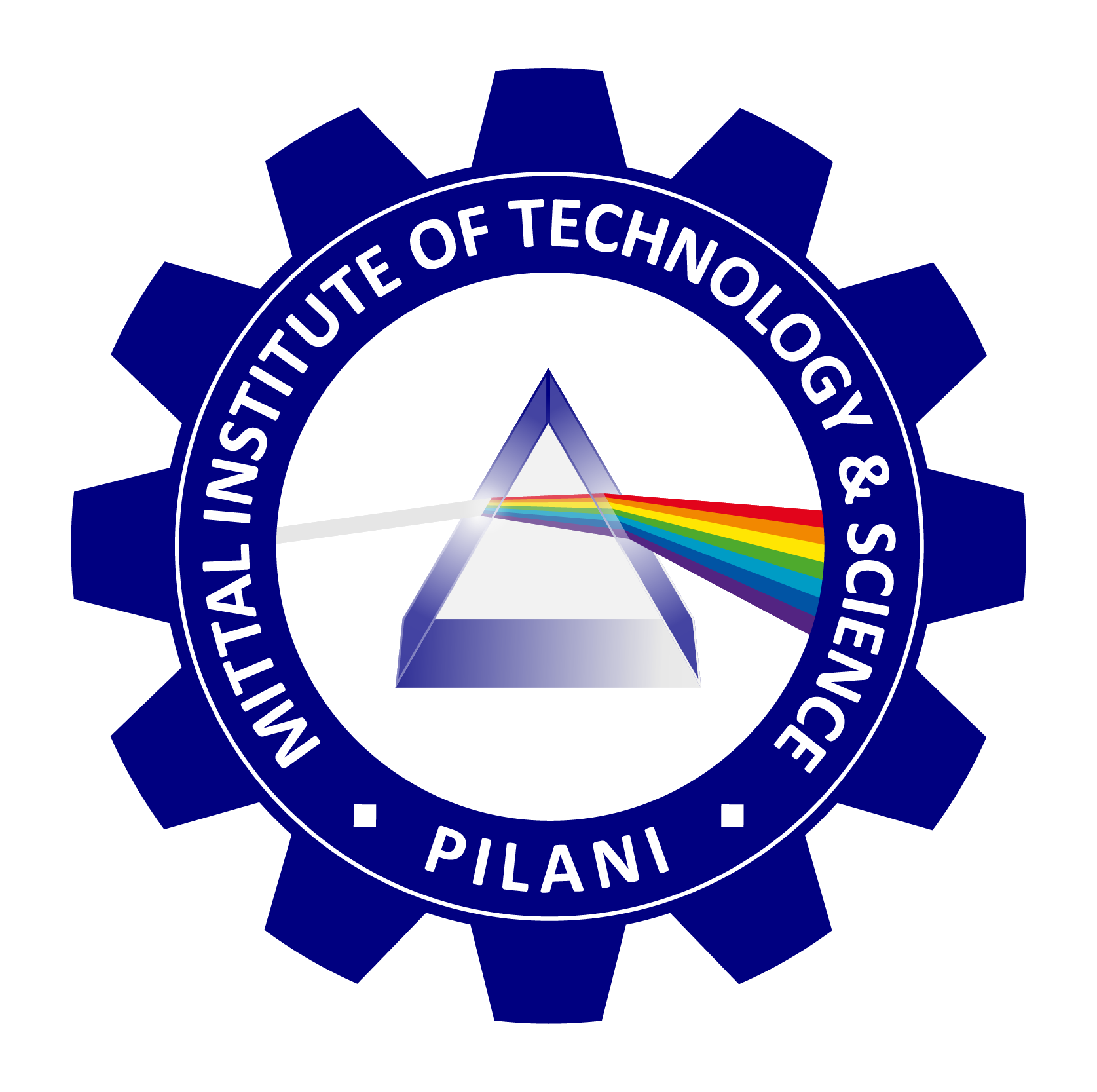
ARTIFICIAL INTELLIGENCE
- Machine Learning (ML)
- Description: A subset of AI where systems learn from data to improve their performance on tasks without being explicitly programmed. Key methods include supervised, unsupervised, and reinforcement learning.
- Deep Learning
- Description: A subfield of machine learning that uses neural networks with many layers (deep networks) to model complex patterns in data. It’s particularly effective for image recognition, natural language processing, and autonomous systems.
- Natural Language Processing (NLP)
- Description: Focuses on the interaction between computers and human (natural) languages. It involves tasks like speech recognition, language translation, sentiment analysis, and text generation.
- Computer Vision
- Description: The field of AI that enables machines to interpret and make decisions based on visual input (images, video). Applications include facial recognition, object detection, and medical image analysis.
- Robotics
- Description: A branch of AI focused on the creation and control of robots. It combines AI with physical systems to perform tasks autonomously, from manufacturing robots to self-driving cars.
- Reinforcement Learning
- Description: A type of machine learning where an agent learns to make decisions by taking actions in an environment to maximize cumulative reward. It’s used in gaming, robotics, and decision-making systems.
- Expert Systems
- Description: AI systems that mimic human experts in specific fields by applying knowledge and reasoning rules to solve problems. They’re used in medical diagnosis, financial forecasting, and other domains requiring specialized knowledge.
- Neural Networks
- Description: Computational models inspired by the human brain, consisting of layers of interconnected “neurons.” Neural networks are used in deep learning and various AI applications, such as image and speech recognition.
- Fuzzy Logic
- Description: A method that allows reasoning with uncertainty by representing data with degrees of truth rather than binary true/false values. It’s useful in decision-making systems where inputs are not precise.
- Swarm Intelligence
- Description: A field that studies collective behaviors of decentralized, self-organized systems, like ant colonies or bird flocks. AI models based on swarm intelligence are applied in optimization, robotics, and network design.
- Genetic Algorithms
- Description: Search algorithms based on the principles of natural selection and genetics. These algorithms are used to solve optimization and search problems by evolving solutions over time.
- Knowledge Representation
- Description: A field focused on how knowledge can be represented and used in AI systems. It involves the design of structures that can store information in a way that machines can use it for reasoning and decision-making.
- Speech Recognition
- Description: The field where AI systems convert spoken language into text. It is used in virtual assistants, transcription services, and language translation systems.
- Cognitive Computing
- Description: AI systems designed to simulate human thought processes in a computerized model. They use machine learning, natural language processing, and reasoning to solve complex problems like decision-making and problem-solving.
- Autonomous Systems
- Description: Systems that can perform tasks without human intervention. This includes autonomous vehicles, drones, and robots, where AI enables decision-making in real-time based on environmental inputs.
- Affective Computing
- Description: AI designed to recognize, interpret, and simulate human emotions. This field focuses on developing systems that can detect emotional cues from voice, facial expressions, and body language to adapt their responses accordingly.
- AI Ethics
- Description: The study of moral issues and societal impacts of AI. It addresses concerns like bias in algorithms, data privacy, the impact of AI on jobs, and the potential misuse of AI technologies.
- Hybrid AI
- Description: Combines multiple AI techniques, such as machine learning, expert systems, and natural language processing, to create more comprehensive and robust solutions. It’s used in complex systems requiring multiple types of intelligence.
- Quantum AI
- Description: Combines quantum computing and artificial intelligence to solve computationally complex problems that are intractable with classical computers. This field is still in its early stages but has the potential to revolutionize AI.
- Artificial General Intelligence (AGI)
- Description: The pursuit of AI systems that can perform any intellectual task that a human can do. Unlike narrow AI, which is designed for specific tasks, AGI aims to replicate human-level intelligence across a wide range of activities.
These fields cover a broad range of applications and technologies within AI, from foundational research areas to applied and emerging technologies.

Professor Rakesh Mittal
Computer Science
Director
Mittal Institute of Technology & Science, Pilani, India and Clearwater, Florida, USA
